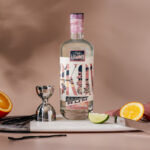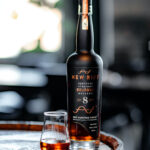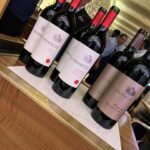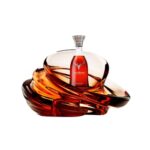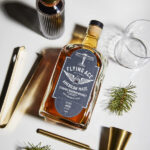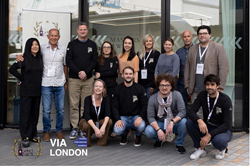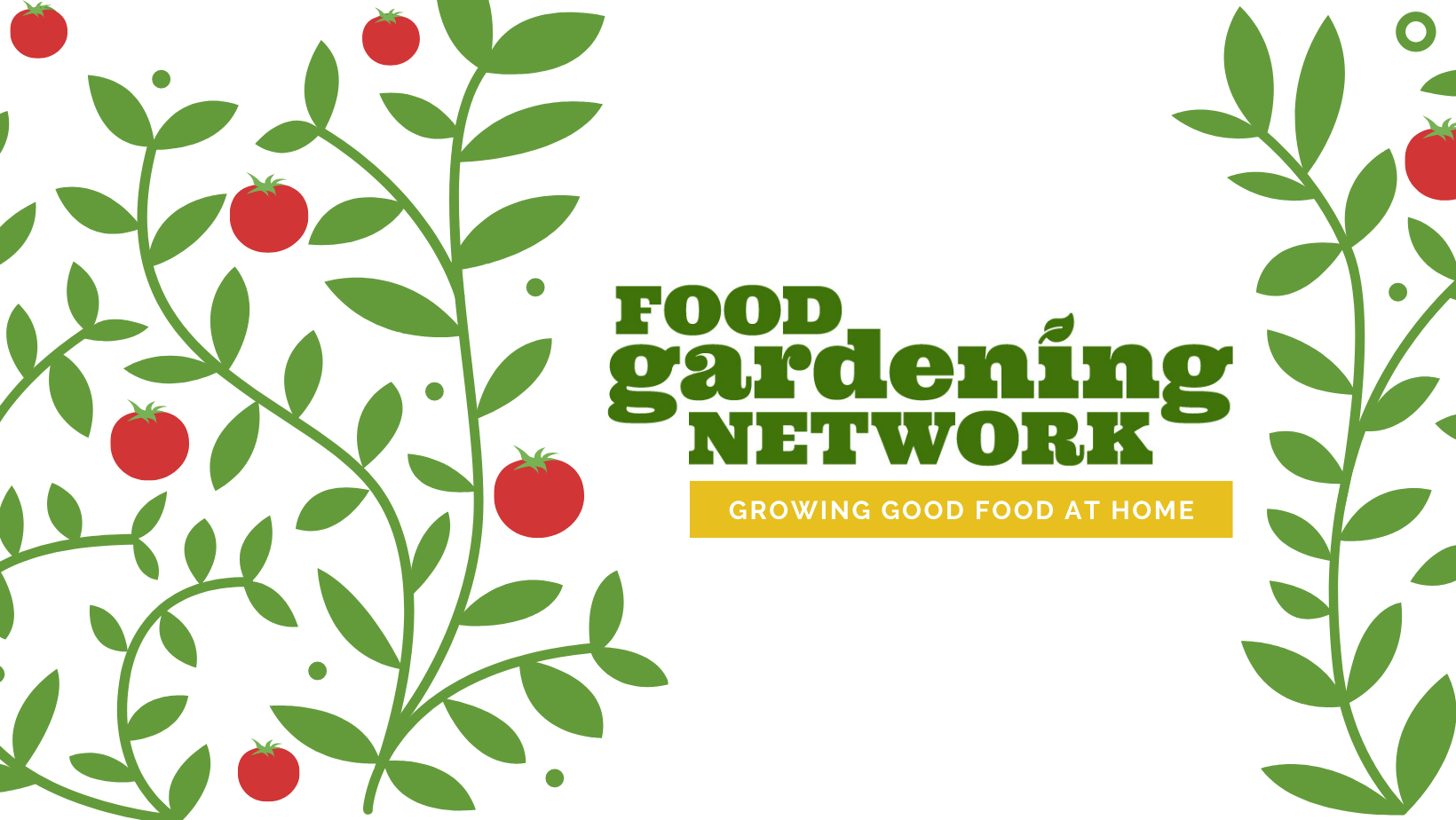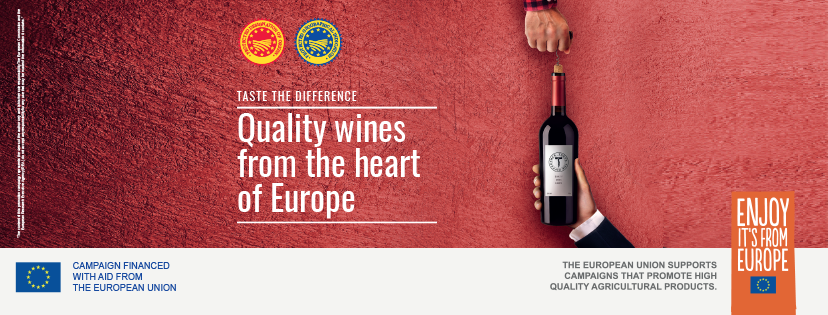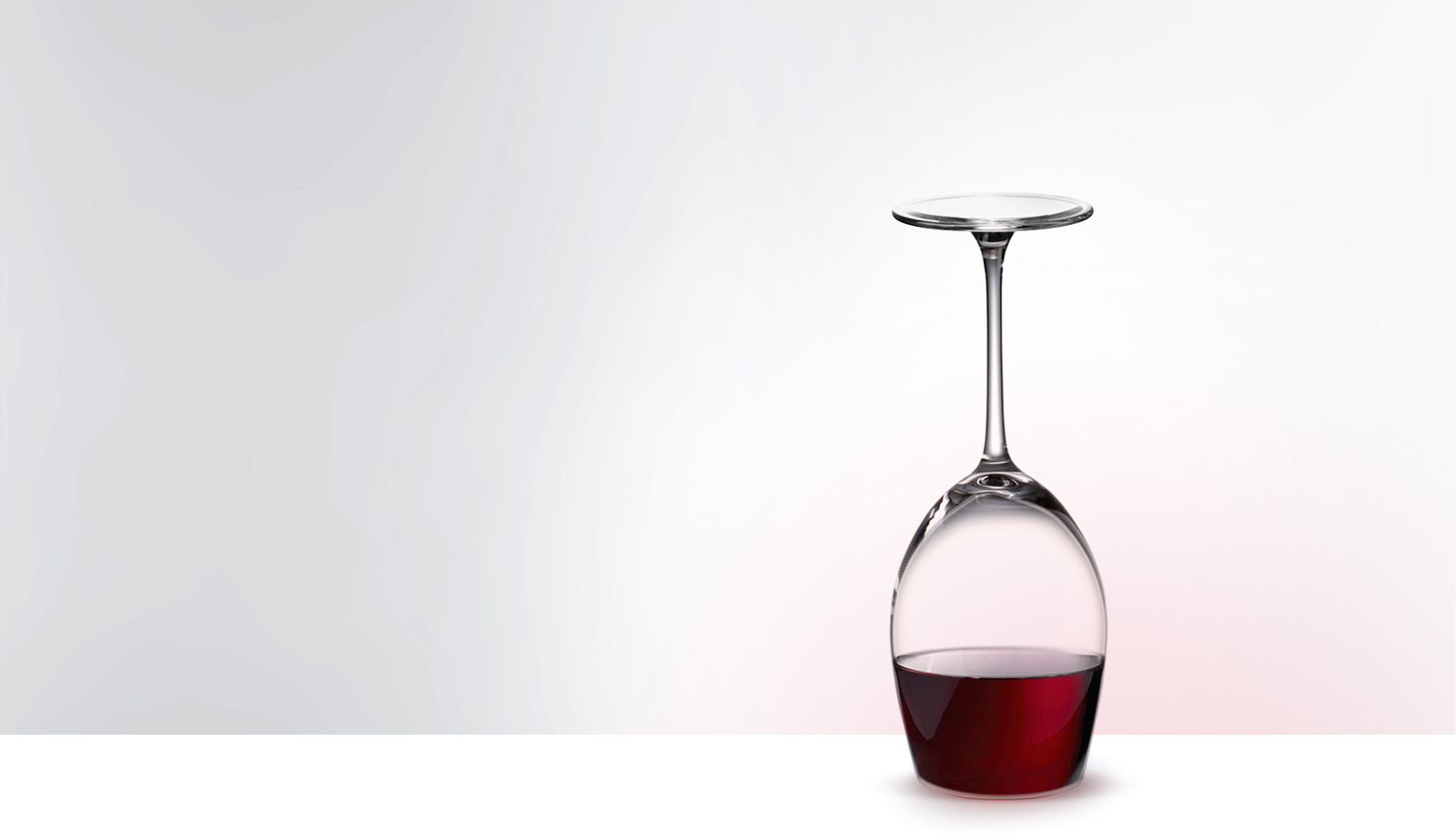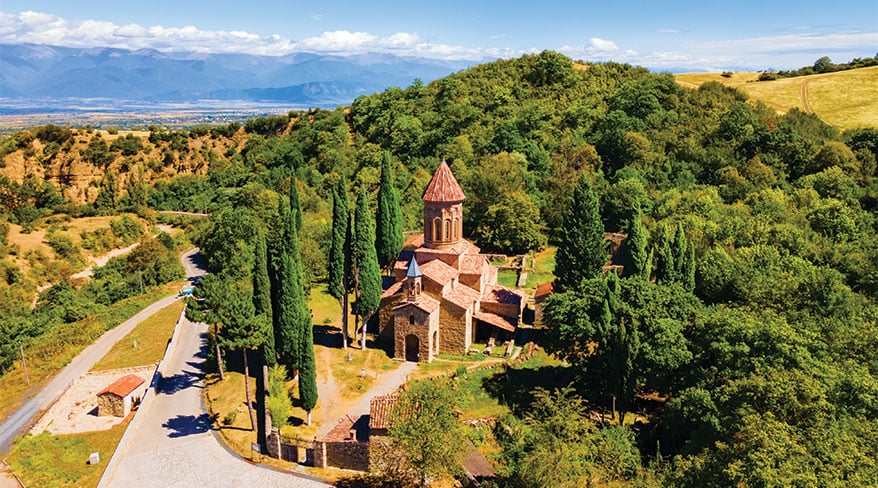
Republic of Georgia Wine Tours
Did you know that Georgia (the country) is home to the oldest wine producing region in the world? Locals have been cultivating grapes and producing neolithic wine in the South Caucasus for at least 8,000 years! That’s why Georgia proudly claims the title of “birthplace of wine.” Below are some high points of the new…

